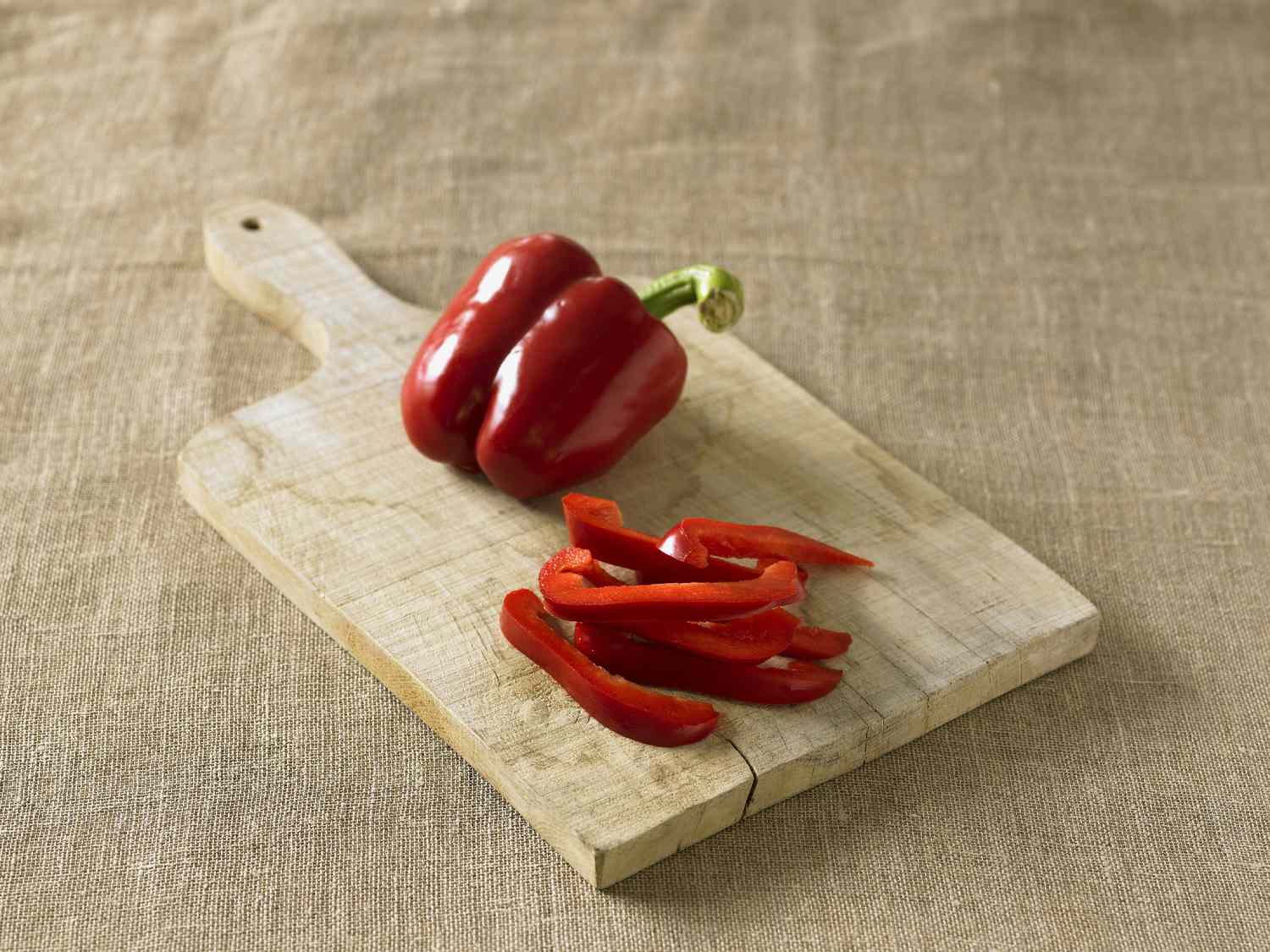

Articles
How To Store Red Pepper
Modified: August 17, 2024
Learn how to store red pepper properly and keep it fresh for longer with our helpful articles.
(Many of the links in this article redirect to a specific reviewed product. Your purchase of these products through affiliate links helps to generate commission for Storables.com, at no extra cost. Learn more)
Introduction
Welcome to our comprehensive guide on how to store red pepper! Whether you grow your own red peppers in your backyard garden or purchase them from the store, proper storage is crucial to maintain their freshness and flavor. Red peppers are not only a colorful and delicious addition to meals, but they are also packed with essential nutrients like vitamin C, vitamin A, and antioxidants.
Improper storage can lead to a loss of flavor and texture in red peppers, causing them to become wilted, mushy, or even moldy. By following the right storage techniques, you can extend the shelf life of your red peppers and enjoy their vibrant taste for a longer period of time.
In this article, we will discuss why proper storage of red peppers is important, the factors to consider before storing them, a step-by-step guide on how to store red peppers, tips for extending their shelf life, and common mistakes to avoid. So, let’s dive in and discover the secrets to maximizing the freshness of your red peppers!
Key Takeaways:
- Proper storage of red peppers is crucial to maintain their freshness, flavor, and nutritional value, preventing waste and ensuring vibrant taste in your dishes.
- Factors such as ripeness, cleanliness, suitable storage containers, and temperature play a key role in preserving the quality of red peppers. Avoid common mistakes and follow the step-by-step guide to maximize their shelf life.
Read more: How To Store Red Peppers In Fridge
Why Proper Storage of Red Pepper is Important
Proper storage of red pepper is essential to maintain its quality, flavor, and nutritional value. Here’s why it’s important to store your red peppers correctly:
Preserving Freshness: Red peppers have a high water content, which makes them prone to wilting and spoilage if not stored properly. By storing them correctly, you can slow down the deterioration process, keeping them fresh for a longer time.
Retaining Nutritional Value: Red peppers are nutrient powerhouses, packed with vitamins A and C, antioxidants, and other essential nutrients. Improper storage methods, such as exposing them to light or air, can lead to nutrient loss. By storing red peppers correctly, you can ensure that they retain their nutritional value.
Preventing Mold and Decay: Red peppers are susceptible to mold growth and decay if they are stored in environments with high humidity or improper ventilation. By employing proper storage techniques, you can minimize the risk of mold and decay, preserving the quality of your red peppers.
Cost Savings: Red peppers can be quite expensive, especially when they are out of season. Proper storage techniques can help you extend their shelf life, allowing you to enjoy them for a longer time and saving you money in the long run.
Enhanced Flavor: By storing red peppers correctly, you can maintain their flavor and texture. Nothing beats the taste of a crisp and juicy red pepper in your favorite dishes!
Now that we understand the importance of proper storage, let’s move on to the factors you should consider before storing your red peppers.
Factors to Consider Before Storing Red Pepper
Before you begin storing your red peppers, there are a few important factors to take into consideration:
Ripeness: Red peppers should be fully ripe before you store them. Look for peppers that have a bright red color, are firm to the touch, and have a glossy skin. Avoid storing peppers that are underripe or have blemishes, as they may not store well and can spoil quickly.
Cleaning: It’s crucial to clean your red peppers thoroughly before storage. Rinse them under cool running water to remove any dirt or debris. You can also use a mild vegetable wash to ensure that they are free from any pesticides or residue. Pat them dry gently with a paper towel or clean cloth.
Storage Containers: Choose the right storage containers for your red peppers. Opt for a breathable container, such as a perforated plastic bag or a container with small holes to allow for proper airflow. Avoid using airtight containers as they can create excess moisture and hasten spoilage.
Temperature and Humidity: Red peppers should be stored at a cool temperature, ideally between 45°F and 50°F (7°C and 10°C). Avoid storing them near heat sources like the stove or direct sunlight, as this can lead to heat damage. Additionally, you’ll want to store red peppers in a low humidity environment, as high humidity can cause them to rot.
Isolation from Ethylene Producers: Certain fruits and vegetables produce a natural ripening agent called ethylene, which can accelerate the ripening and deterioration of red peppers. Keep your red peppers away from ethylene-producing items like bananas, apples, and tomatoes to prevent them from spoiling quickly.
Storage Duration: Red peppers are best consumed within a week of purchase or harvest. While they can last longer if stored properly, their quality may start to decline after that time. It’s best to consume them when they are at their freshest and most flavorful.
Now that you have a clear understanding of the factors to consider, let’s proceed to the step-by-step guide on how to store red peppers effectively.
Step-by-Step Guide on How to Store Red Pepper
Follow these simple steps to store your red peppers and keep them fresh:
- Inspect and Sort: Remove any damaged, bruised, or overripe red peppers from the batch. These peppers are more likely to spoil and can affect the freshness of the others.
- Clean the Red Peppers: Rinse the red peppers under cold running water to remove any dirt or residue. Gently scrub the surface with a vegetable brush if needed. Pat them dry with a paper towel or clean cloth to remove excess moisture.
- Choose a Suitable Storage Container: Place the red peppers in a breathable container such as a perforated plastic bag or a vegetable storage container with small holes. This allows for proper airflow, preventing the build-up of moisture that can lead to spoilage.
- Store in the Refrigerator: Transfer the container of red peppers to the refrigerator. Keep them in the crisper drawer, which provides a slightly higher humidity level and helps maintain their freshness. Make sure the temperature in the refrigerator is set between 45°F and 50°F (7°C and 10°C).
- Avoid Crowding: Do not overcrowd the red peppers in the storage container. Leave some space between them to allow for air circulation and prevent them from getting crushed or bruised.
- Check Regularly: Periodically check your stored red peppers for any signs of spoilage or mold. Remove any peppers that have started to deteriorate to prevent the spread of rot to the others.
- Keep Away from Ethylene Producers: Remember to store red peppers away from ethylene-producing fruits and vegetables like bananas, apples, and tomatoes. This will help maintain their freshness and prevent premature spoilage.
By following these steps, you can ensure that your red peppers stay fresh, crunchy, and full of flavor for a longer period of time. Now, let’s explore some additional tips to extend the shelf life of your red peppers.
Store red peppers in the refrigerator in a paper bag to help absorb excess moisture and prevent them from becoming soggy. They can last for up to 1-2 weeks when stored this way.
Tips for Extending the Shelf Life of Red Pepper
To maximize the shelf life of your red peppers and keep them fresh and vibrant, consider these helpful tips:
- Do Not Wash Until Use: Avoid washing the red peppers until you are ready to use them. Moisture can promote mold growth, so it’s best to keep them dry until you are ready to incorporate them into your dishes.
- Store Whole: If possible, store the red peppers in their whole form. Cutting or slicing them exposes more surface area to air and can accelerate spoilage. Wait to cut or slice them until you’re ready to use them.
- Freeze for Long-Term Storage: If you have an abundance of red peppers and want to prolong their shelf life, consider freezing them. Wash, core, and cut the red peppers into desired shapes before placing them in airtight freezer bags or containers. Label them with the date and use within 6 to 8 months for best quality.
- Grill or Roast Excess Red Peppers: If you have a surplus of red peppers, consider grilling or roasting them before storing. Once grilled or roasted, you can store them in olive oil in an airtight container in the refrigerator for up to 2 weeks. This will add flavor to your dishes and provide an alternative way to use the peppers.
- Keep Away from Moisture: Moisture can cause red peppers to deteriorate quickly. Ensure they are dry before storing them and avoid storing them in areas prone to moisture, such as near sinks or in damp basements.
- Use a Paper Towel: Place a dry paper towel in the storage container along with the red peppers. The paper towel will help absorb any excess moisture and keep the peppers dry and fresh.
- Rotate the Peppers: To ensure that all the red peppers are utilized before they spoil, periodically rotate them. Use the ones that have been stored the longest first and keep adding fresh ones to the container.
By following these tips, you can significantly extend the shelf life of your red peppers and reduce food waste. Now, let’s explore some common mistakes to avoid when storing red peppers.
Read more: How To Store Cut Up Red Bell Peppers
Common Mistakes to Avoid When Storing Red Pepper
To ensure the optimal storage of your red peppers, it’s important to avoid these common mistakes:
- Storing Wet Peppers: Moisture is the enemy of fresh red peppers. Storing wet peppers can lead to mold growth and spoilage. Make sure to dry your peppers thoroughly before placing them in storage containers.
- Using Sealed Plastic Bags: Red peppers require airflow to stay fresh. Storing them in sealed plastic bags can trap moisture and accelerate spoilage. Opt for breathable containers or perforated plastic bags to allow for proper air circulation.
- Storing Near Ethylene Producers: As mentioned earlier, ethylene-producing fruits and vegetables can speed up the ripening and deterioration of red peppers. Keep your red peppers away from bananas, apples, and tomatoes to prevent premature spoilage.
- Exposing to High Temperatures: Exposing red peppers to high temperatures, such as near stovetops or in direct sunlight, can cause them to become soft, mushy, and lose their vibrant color. Store them in a cool area away from heat sources to maintain their freshness.
- Overcrowding the Storage Container: Packing too many red peppers tightly into a storage container can lead to bruising and damage. Leave some space between each pepper to allow for air circulation and prevent them from getting crushed.
- Not Checking Regularly: It’s important to inspect your stored red peppers regularly. Check for any signs of spoilage, mold, or rot. Removing any affected peppers promptly will prevent spoilage from spreading to the rest of the batch.
- Storing for Too Long: While proper storage techniques can extend the shelf life of red peppers, they do have a limited lifespan. Avoid storing them for too long, as their quality and flavor can deteriorate over time. Consume them within a week for the best taste.
By avoiding these common mistakes, you can ensure that your red peppers stay fresh, flavorful, and ready to enhance your dishes. Now, let’s summarize what we’ve learned in this comprehensive guide.
Conclusion
Properly storing red peppers is key to preserving their freshness, flavor, and nutritional value. By following the tips and techniques outlined in this guide, you can extend the shelf life of your red peppers and avoid unnecessary waste.
Remember to consider factors such as ripeness, cleanliness, suitable storage containers, temperature, and isolation from ethylene-producing fruits and vegetables before storing your red peppers. By taking these factors into account, you can maintain the quality of your red peppers and prevent spoilage.
Following the step-by-step guide on how to store red peppers, you can successfully store them in the refrigerator, ensuring a longer shelf life. Additionally, utilizing the tips for extending the shelf life, such as freezing or grilling excess red peppers, can help you make the most of your supply.
Avoid common mistakes like storing wet peppers, using sealed plastic bags, exposing them to high temperatures, overcrowding storage containers, and not checking them regularly. By avoiding these pitfalls, you can prevent spoilage and maintain the freshness of your red peppers.
Remember, red peppers are not only delicious but also packed with essential nutrients. By properly storing them, you can preserve their nutritional value and enhance the flavor of your dishes.
So next time you have red peppers on hand, remember the importance of proper storage and follow the guidelines provided in this article. Enjoy the vibrant taste and versatile nature of red peppers to the fullest!
Frequently Asked Questions about How To Store Red Pepper
Was this page helpful?
At Storables.com, we guarantee accurate and reliable information. Our content, validated by Expert Board Contributors, is crafted following stringent Editorial Policies. We're committed to providing you with well-researched, expert-backed insights for all your informational needs.
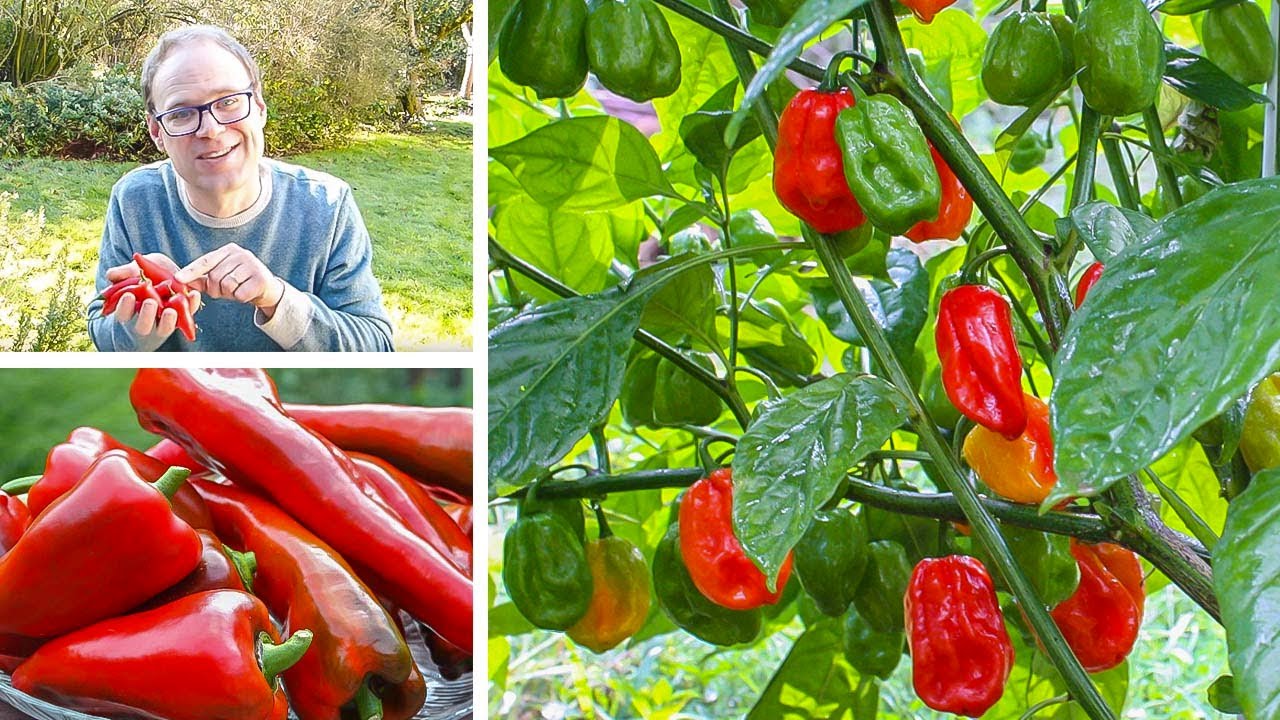
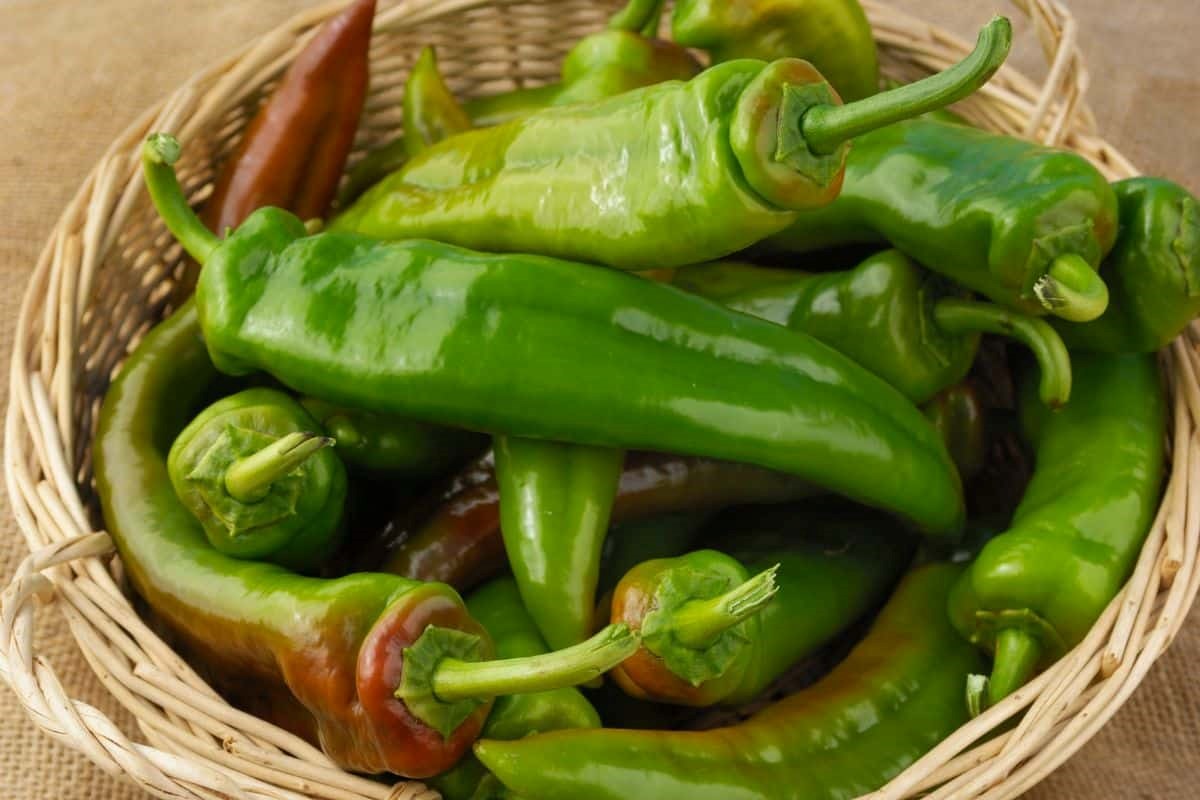
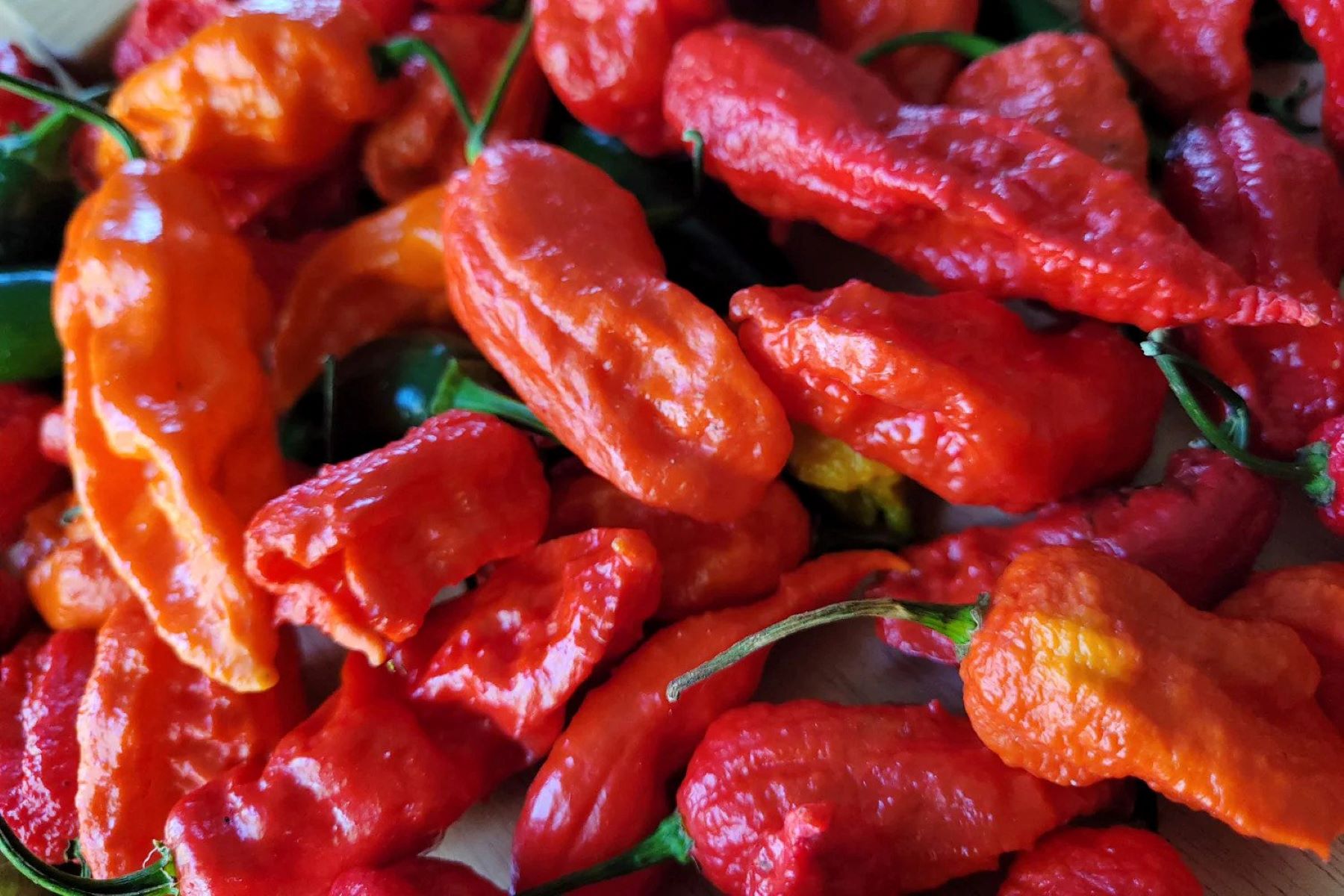
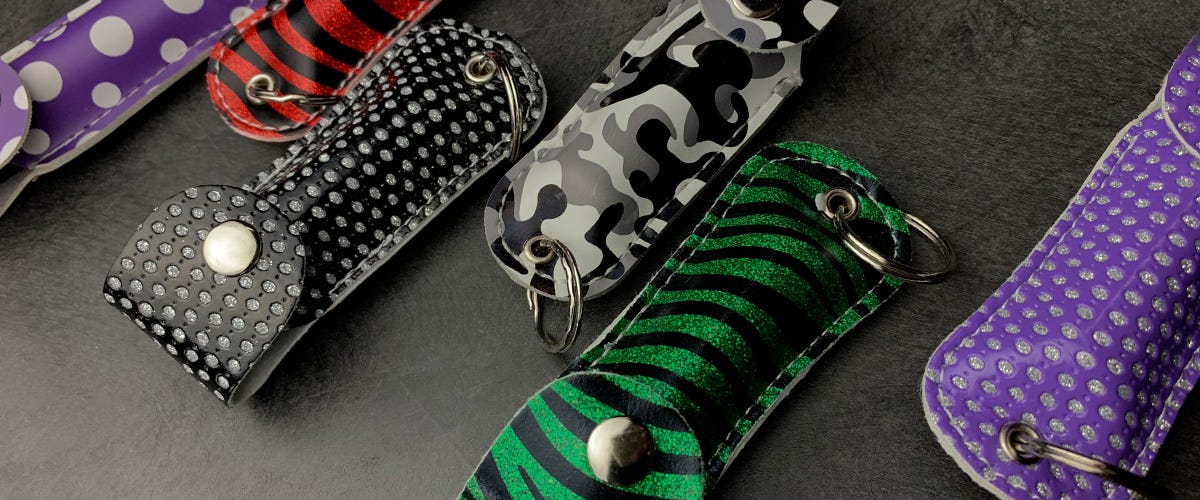

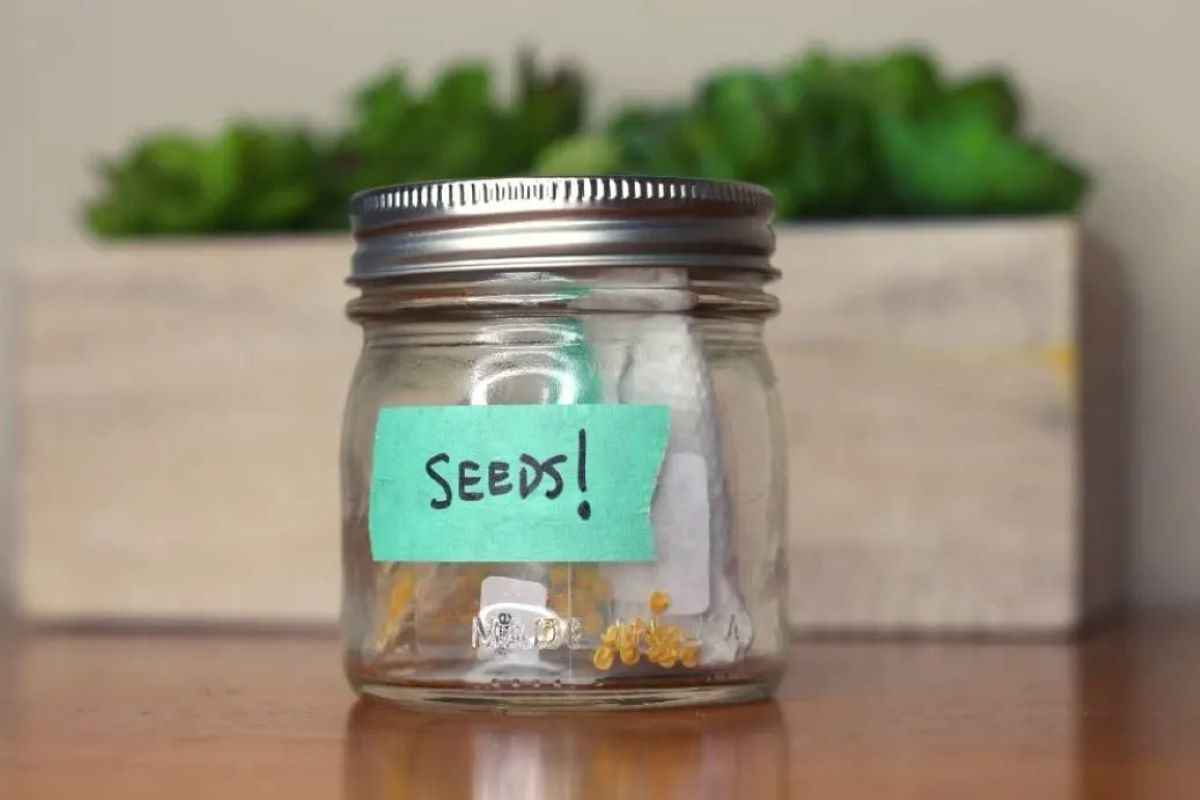
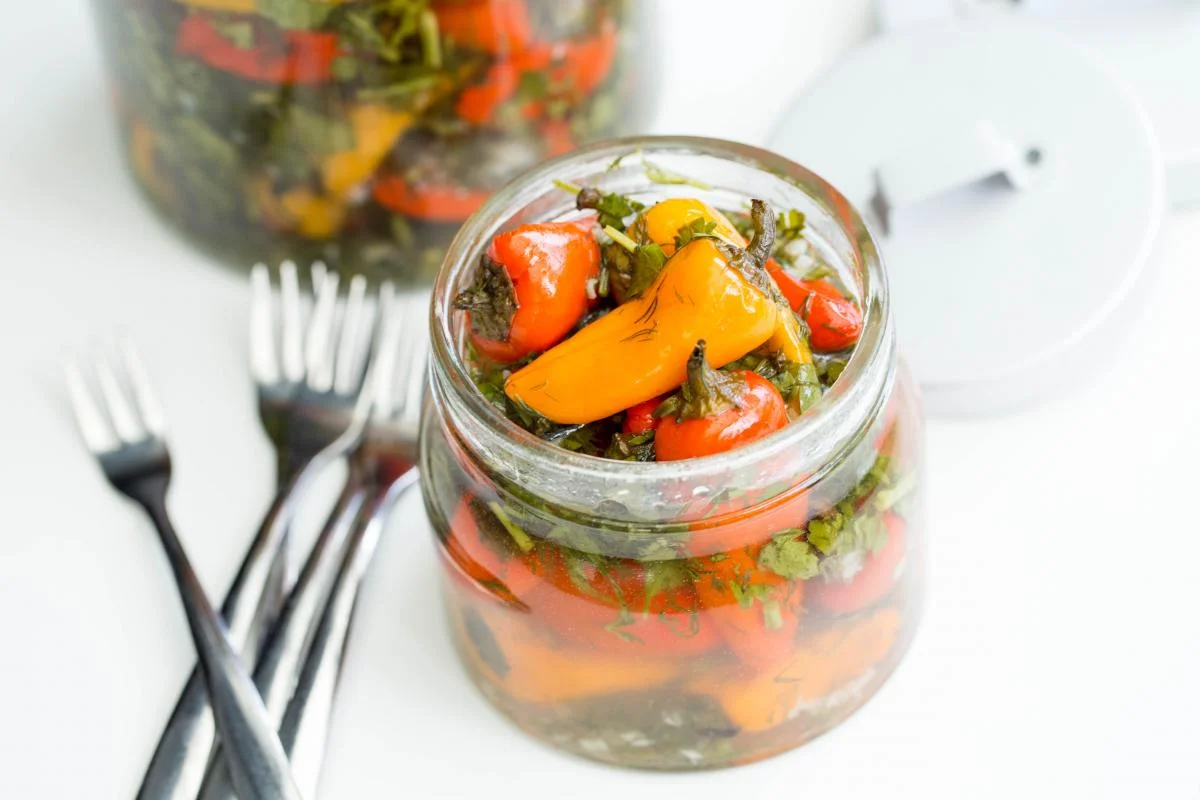
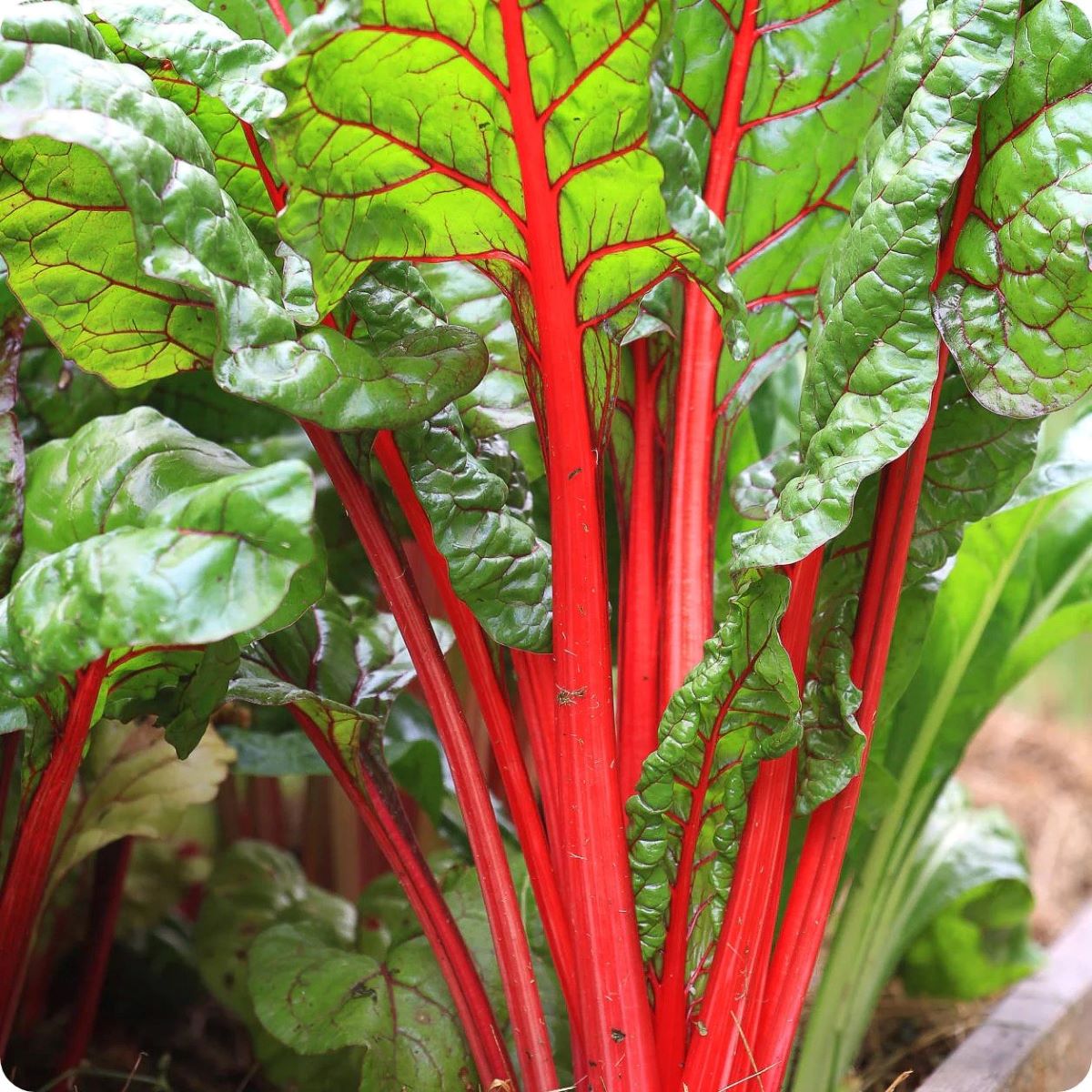
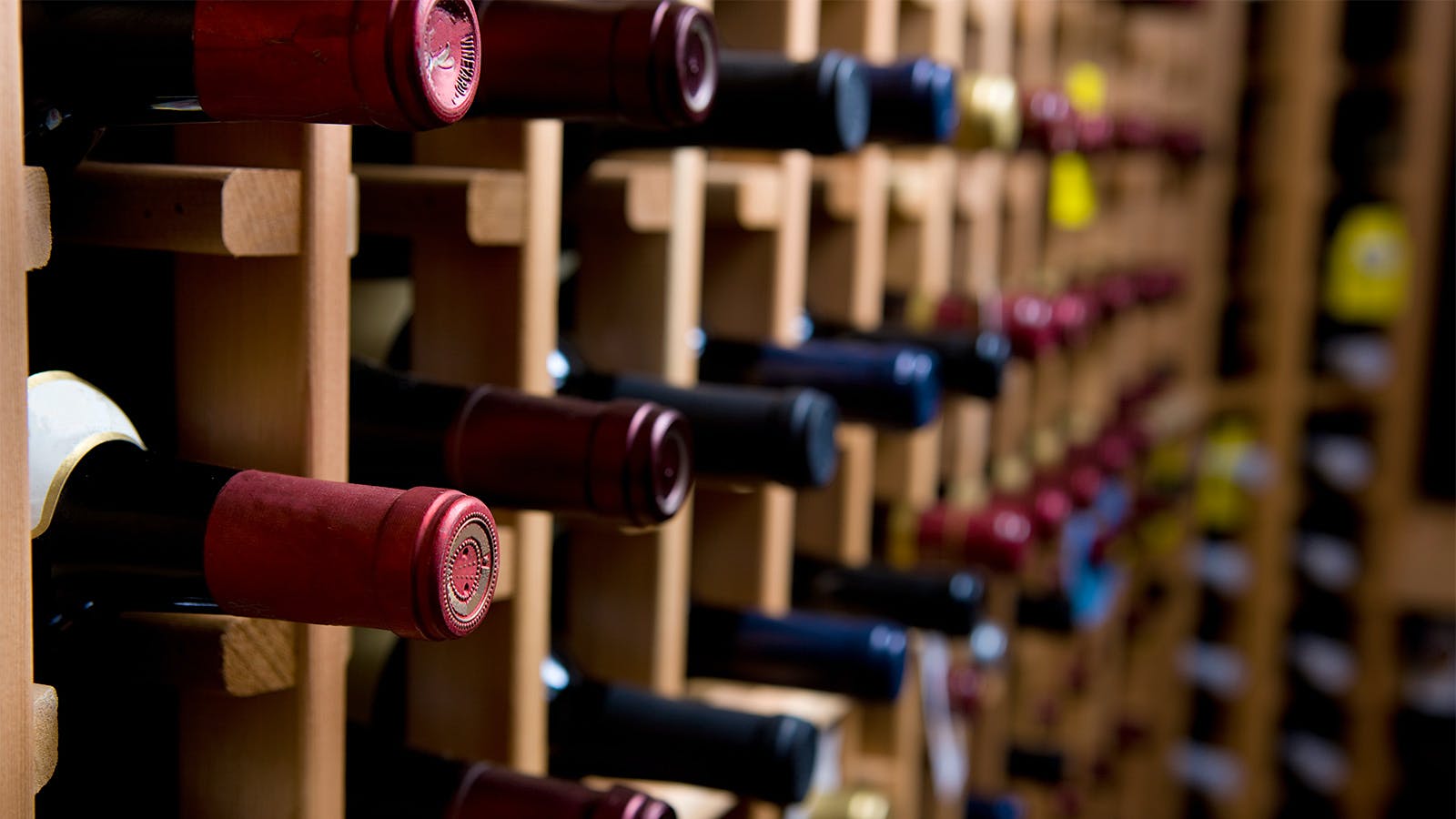
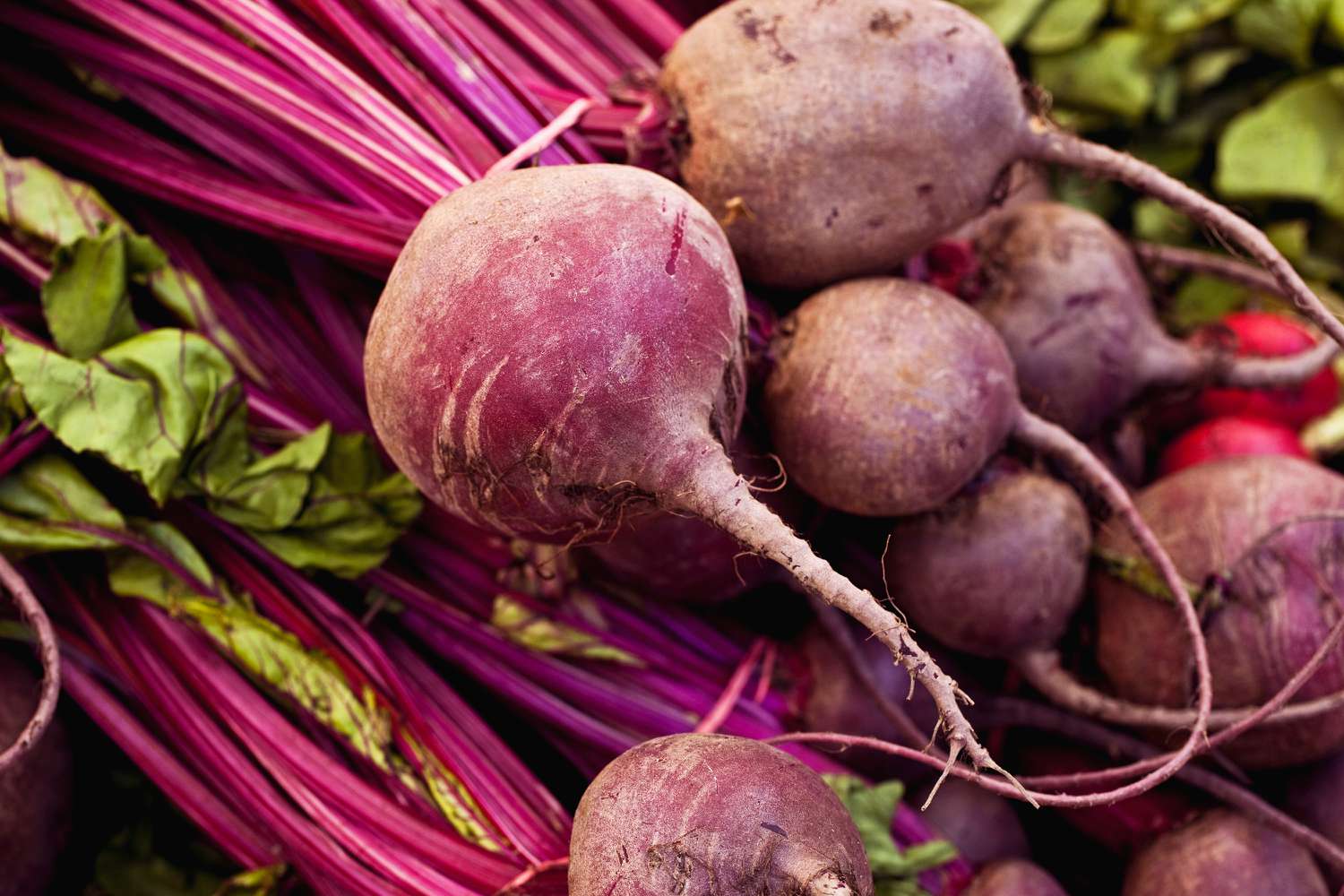
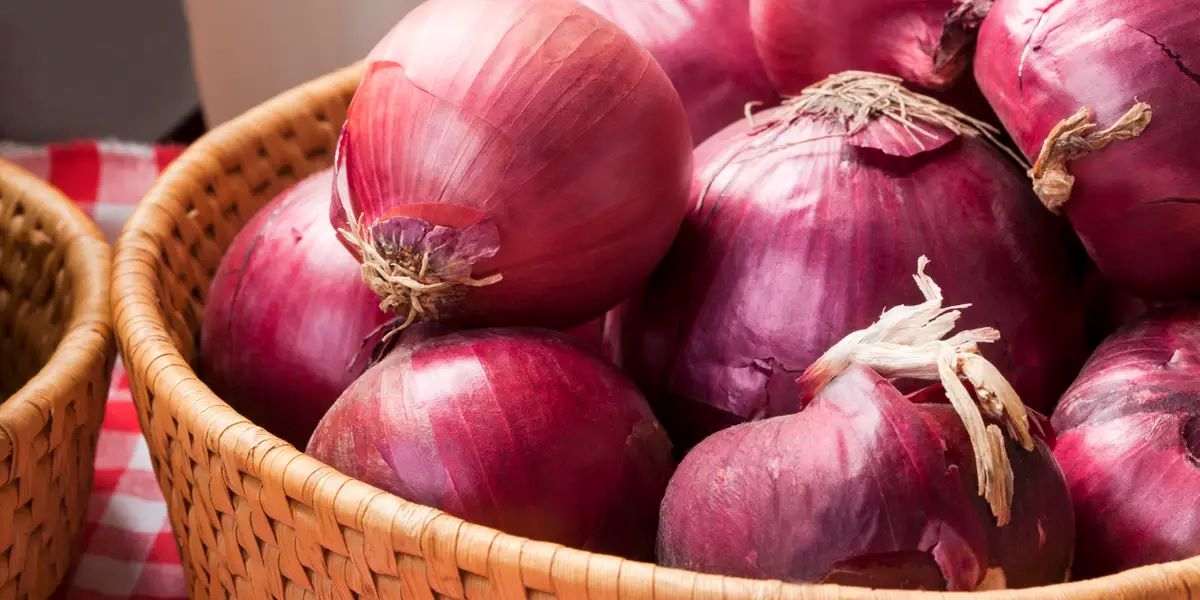
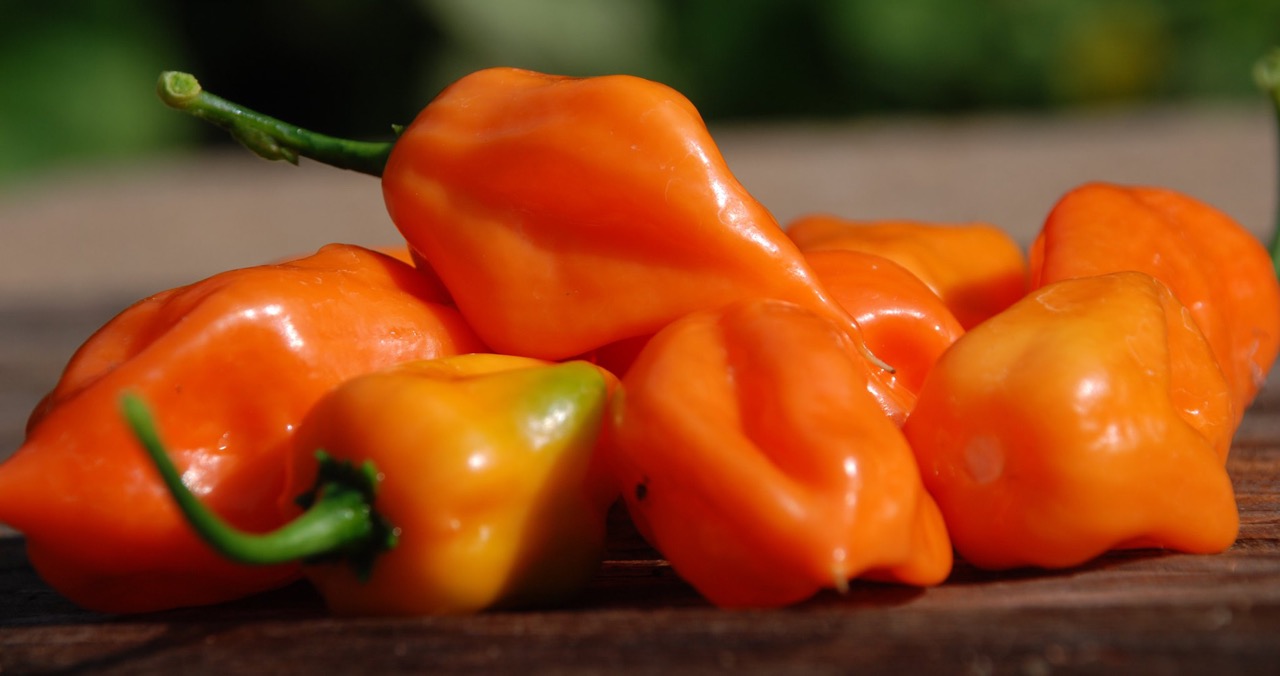
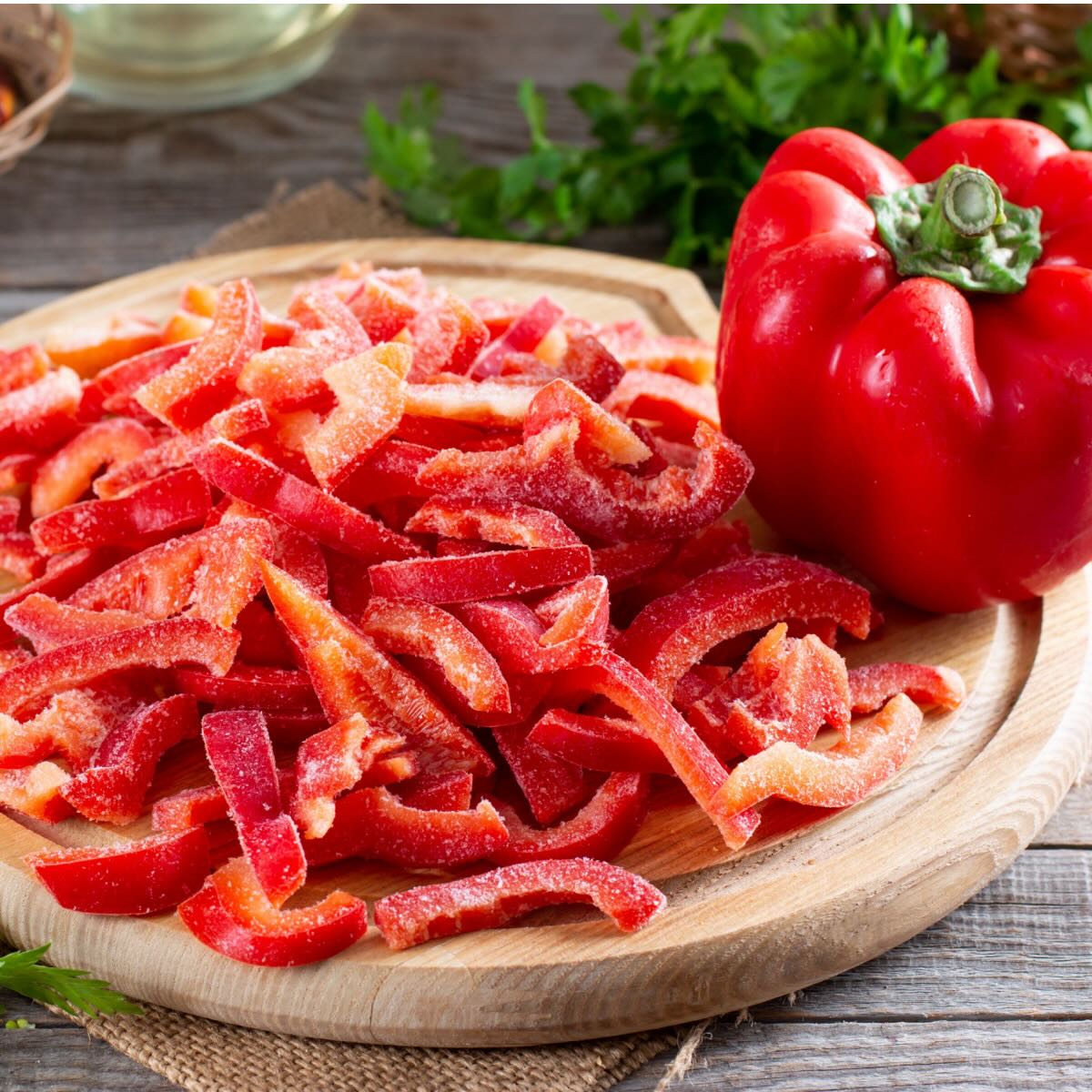
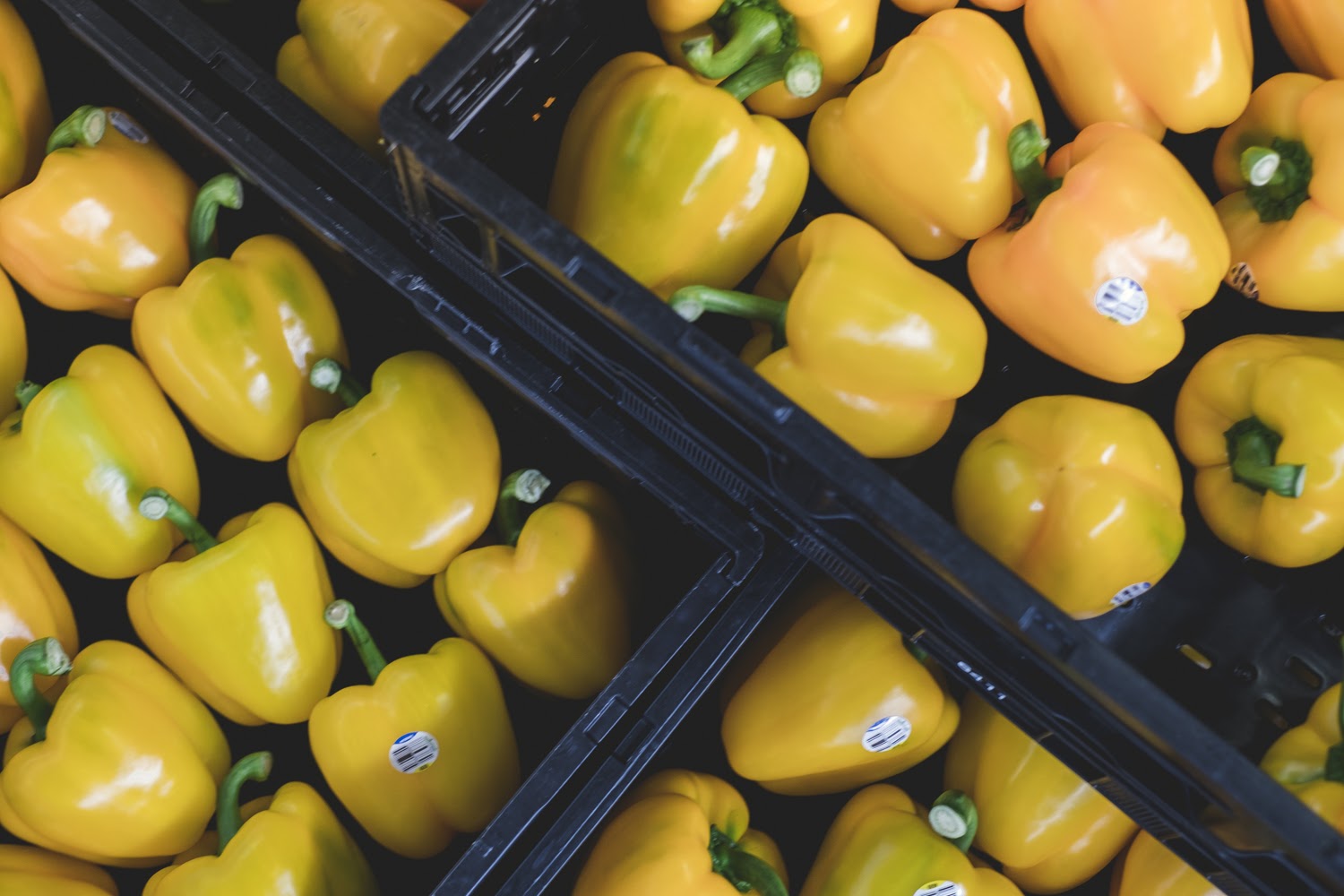

0 thoughts on “How To Store Red Pepper”